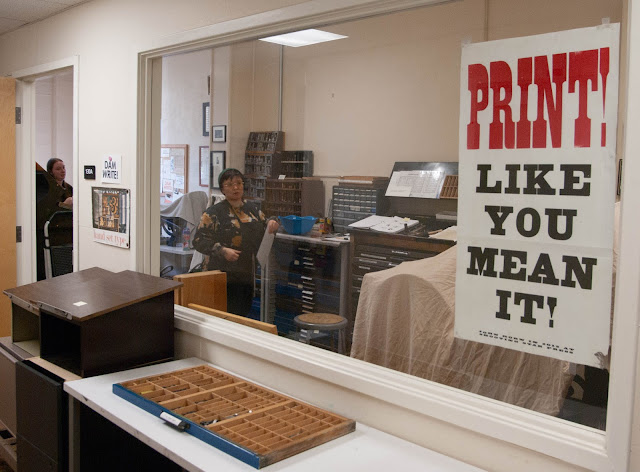Book Report
Timothy Straziuso
Photojournalism
3-12-2024
Lynsey Addario
It's What I Do
Addario’s book is chock full of anecdotes that are bound to make you laugh, cry and wince in discomfort/horror. In all of those stories though, there is one moment that really stood out to me.
The first one would have to be when Addario and her company were kidnapped outside of Bagdad. It was an all day event of them trying to convince their captures that they were not Americans and that they were, indeed journalists working for The Times. After being handed off from one capture to another they eventually make it out and back to Baghdad and to the safety of their compound. The Times had reached out to their families to let them know what had happened to them and that leads us to one of the most tear jerking conversations I have ever read. Addario calls her fathers office to let him know she is safe and he is so stricken with the grief of potentially losing her he can’t even get any words out. He just whimpers and eventually begs Lynsey to come home. It was a truly touching moment between father and daughter and was a pivotal moment for Addario. She knew that the work was traumatizing and she didn’t want her reaction to that trauma to be a flight response, so she stayed. Addario said, “I accept fear as a byproduct of the path I had chosen.”
Addario’s compassion for and focus on women's suffering is a distinguishing feature of her portraitures. She finds a way of making almost every moment feel so very intimate. The photos of the survivors of rape in Darfur are just few of my favorite examples. One in particular is of a young woman named Mapendo who is pictured laying down in a bed, too weak to sit up for the photographs. She had contracted HIV from her rapists. You can practically feel her pain. Addario goes out of her way to get these women the help that they need even if it means putting herself at odds with her crew. This was the case with Mapendo when she wanted to take her to a hospital and her guides didn’t want to sit with her in the car. She told her crew that they could sit on the roof if it would make them feel better, but she wouldn’t leave with Mapendo.
Addario has spent a lifetime capturing photographs. She has been shooting major events all over the world and has created a massive catalog of stunning photographs. With so many pieces of work to choose from, it is hard to pick even a few to talk about let alone one as my favorite. Though, I think the ones that highlight her character would be a good starting point.
I love the 2009 photo of Noor Nisa, the Afghan woman in labor on the side of the mountain in Badakhshan Province, Afghanistan. Addario offered to take her to a hospital but they couldn’t go anywhere without her husband’s permission. The woman's husband had gone off looking for a car to get her to a hospital because theirs had broken down so Addorio and her colleague went to find the husband to take them all to the hospital. She was always trying to help in any way she could.
Then there is my favorite, the photo of Khalid, a young Afghan boy who was injured by shrapnel from a US dropped bomb. The New York Times didn’t want to use the photo because the US military claimed that they couldn’t confirm that the photo was legitimate. Addario subsequently wrote an email to her editor telling her how offended she was by the decision and stating that the New York Times had an obligation to the citizens of the world and to Afghans to tell the truth about the war in Afghanistan. In the end, they ran an online photo story of the events but excluded the photo of Khalid. It’s a stunning photograph with a tragic story hidden because of the shame of the US military.
Credit: LynseyAddario.com
It takes an extraordinary amount of courage to do what these conflict photographers do. I admire them for having the courage and accepting the danger as part of the job and continuing to go back into the fire time and time again. I don’t want to say that they have a screw loose because they have seen and lived through things most of us couldn’t imagine. Perhaps they believe that they have a duty to try and make life better for people by sharing these photos with the world. If telling the truth is crazy, I don’t want to be sane.
I’m not sure how much of what happened in this book is transferable to our intro to journalism course. I suppose I can relate her hustle in the beginning to what we needed to do to find our photos. She was never sure of what she was doing at the start. She didn't even know her camera lens was detachable, but she persisted until she got what she needed. I suppose the takeaway is that you don’t necessarily need to know what you’re doing, you just need to try.
As for whether or not we would recommend this book to other people. I already have! I told my girlfriend she needed to read it during break and I told my mom about it. It’s an amazing rollercoaster of a story. I don’t think I have read a book that has had me hooked and needing a break at the same time. It’s the sad truth of war that more people should know about.

Comments
Post a Comment